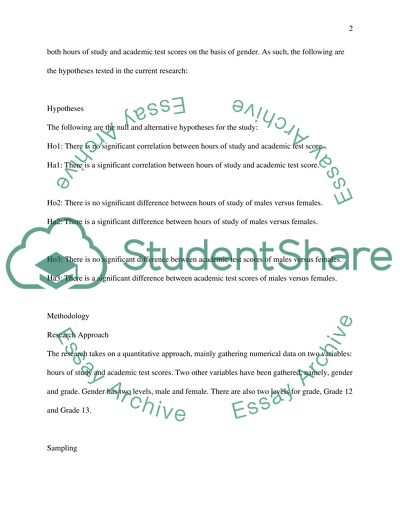Cite this document
(The Correlation between Academic Test Scores and Hours of Study Research Paper, n.d.)
The Correlation between Academic Test Scores and Hours of Study Research Paper. Retrieved from https://studentshare.org/education/1551984-correlation-between-the-amount-of-hours-studied-per-week-and-the-points-obtained-within-one-semester
The Correlation between Academic Test Scores and Hours of Study Research Paper. Retrieved from https://studentshare.org/education/1551984-correlation-between-the-amount-of-hours-studied-per-week-and-the-points-obtained-within-one-semester
(The Correlation Between Academic Test Scores and Hours of Study Research Paper)
The Correlation Between Academic Test Scores and Hours of Study Research Paper. https://studentshare.org/education/1551984-correlation-between-the-amount-of-hours-studied-per-week-and-the-points-obtained-within-one-semester.
The Correlation Between Academic Test Scores and Hours of Study Research Paper. https://studentshare.org/education/1551984-correlation-between-the-amount-of-hours-studied-per-week-and-the-points-obtained-within-one-semester.
“The Correlation Between Academic Test Scores and Hours of Study Research Paper”. https://studentshare.org/education/1551984-correlation-between-the-amount-of-hours-studied-per-week-and-the-points-obtained-within-one-semester.


